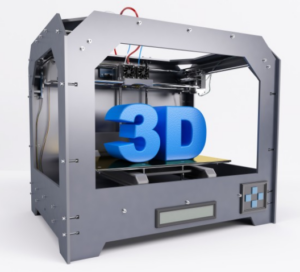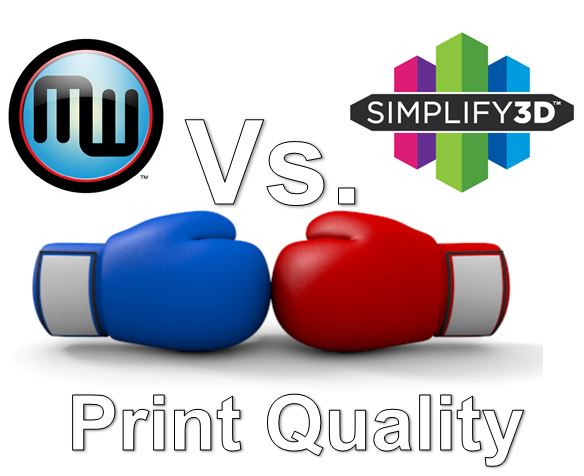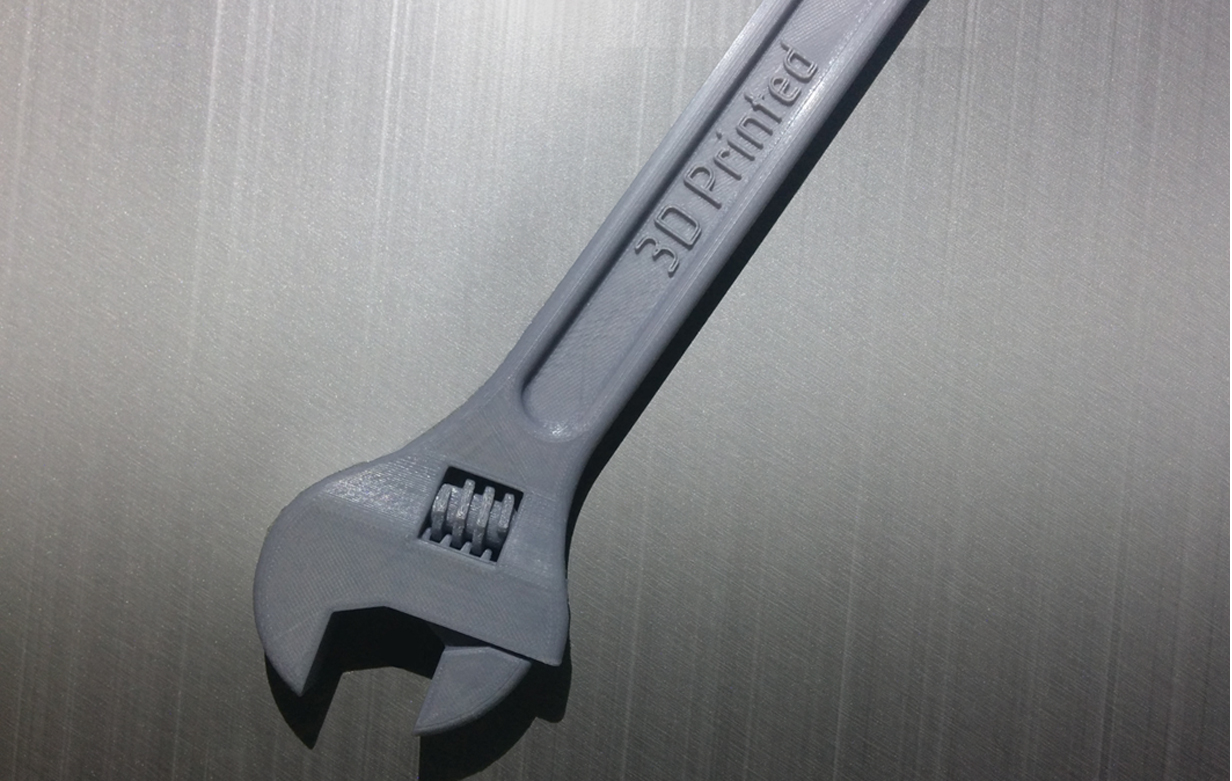Nylon in 3D Printing
Brief Introduction and History
Nylon is a popular thermoplastic material that has played a crucial role in the development of 3D printing. First introduced in the 1930s, it has since become a staple material in various industrial applications, including additive manufacturing.
Material Composition
Nylon is a synthetic polymer made through a condensation reaction, combining diamines and dicarboxylic acids. These raw components undergo polymerization to form long molecular chains, resulting in the durable and versatile material known as nylon.
Uses
- Functional prototypes
- End-use parts in automotive and aerospace industries
- Flexible and durable parts
Best Fit Use
Nylon is best suited for applications that require strong, durable, and flexible parts. Its resilience makes it ideal for producing functional prototypes and end-use components in demanding environments.
Detailed Example of Specific Use 1
An excellent use of nylon in 3D printing is the production of custom gears for machinery. Nylon’s toughness combined with its lubricity and wear-resistance make it perfect for creating functional and long-lasting gears.
Detailed Example of Specific Use 2
Another significant use of nylon in additive manufacturing is the creation of lightweight and durable brackets for aerospace equipment. Its high strength-to-weight ratio and resistance to chemicals and heat make it indispensable in this application.
Difference Between Basic and Advanced Forms
Advanced forms of nylon, such as carbon fiber-infused or glass fiber-reinforced variants, offer enhanced strength and stiffness compared to the standard nylon. These advanced forms are tailored for applications requiring superior mechanical properties.
Benefits
- High strength and durability
- Flexibility and impact resistance
- Chemical and heat resistance
Drawbacks
Nylon’s propensity to absorb moisture can lead to dimensional instability, requiring proper handling and storage. Additionally, its high shrinkage during printing may necessitate advanced equipment for precise fabrication.
Overall Rating for Daily Use
Given its exceptional mechanical properties and versatility, nylon receives a high rating for daily use in both hobbyist and professional 3D printing applications.
Future Developments
Ongoing research focuses on enhancing the overall performance of nylon-based materials, including advancements in reinforced variants and the development of bio-based nylons. These advancements hold the potential to further expand the use of nylon in 3D printing across various industries.






